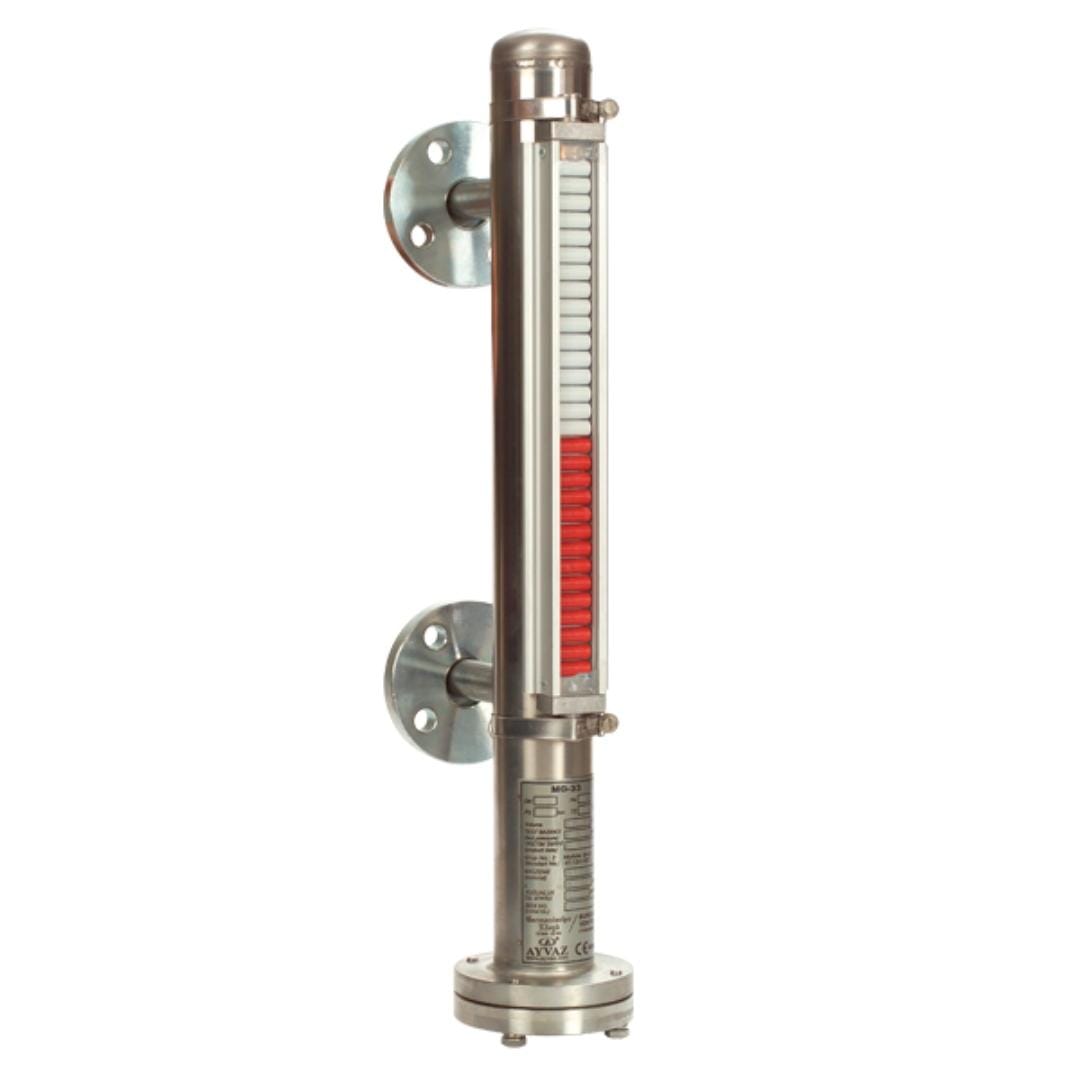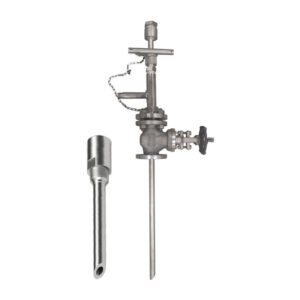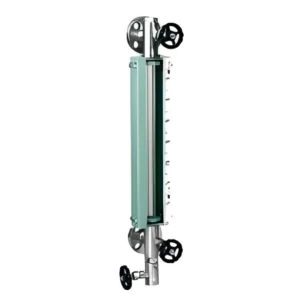Magnetic Level Gauge: 8 Factors to Consider Before Buying

In industrial setups where accuracy, safety, and reliability are essential, a magnetic level gauge is one of the most dependable instruments for measuring liquid levels.
Whether it’s used in oil refineries, chemical plants, or water treatment facilities, this device gives a clear and accurate indication of liquid level, even under high pressure or extreme temperatures.
But choosing the right gauge isn’t as simple as picking one off the shelf. Every application is different, and so are its requirements.
To make sure you get the best performance and long-term value, here are eight important factors you should consider before buying a magnetic level gauge.
1. Process Conditions
Start by understanding your operating conditions. The temperature, pressure, and nature of the liquid all determine what type of magnetic level gauge you should go for.
If your process involves high pressure, choose a gauge with a robust chamber.
For corrosive or chemical-heavy fluids, stainless steel or special alloy materials are a better choice. The float and chamber materials should always be compatible with your process fluid to prevent damage or inaccurate readings.
2. Fluid Properties
The liquid you’re measuring plays a major role in selecting the right gauge. Factors like density, viscosity, and chemical compatibility affect how the float behaves.
Liquids with very low specific gravity may need specially designed floats to maintain accuracy.
If the fluid has suspended solids or sludge, it’s important to choose a model that resists clogging and allows smooth movement of the float.
3. Type of Mounting
Magnetic level gauges come in different mounting styles such as side-mounted, top-mounted, or chamber-mounted.
A side-mounted type works well when you want easy access for maintenance.
Top-mounted designs are better when the tank bottom is not accessible or when space is limited.
Think about your tank design and how convenient it will be to install and service the gauge before deciding.
4. Visibility and Readability
One of the biggest advantages of a magnetic level gauge is that it provides a clear visual indication without needing electricity. To make the most of it, check the readability of the indicator.
Choose a gauge with a bright, high-contrast scale that can be easily read from a distance.
If it’s going to be used outdoors, a UV-resistant indicator and anti-glare viewing window can make a big difference in visibility.
5. Safety Standards and Certifications
Industrial environments demand equipment that meets safety and quality standards.
Make sure your gauge complies with recognized certifications such as ASME or API for pressure vessels, and ATEX or IECEx if it will be installed in hazardous areas.
Working with trusted suppliers like Globe United FZE ensures that the gauges meet global safety requirements and perform reliably in critical applications.





